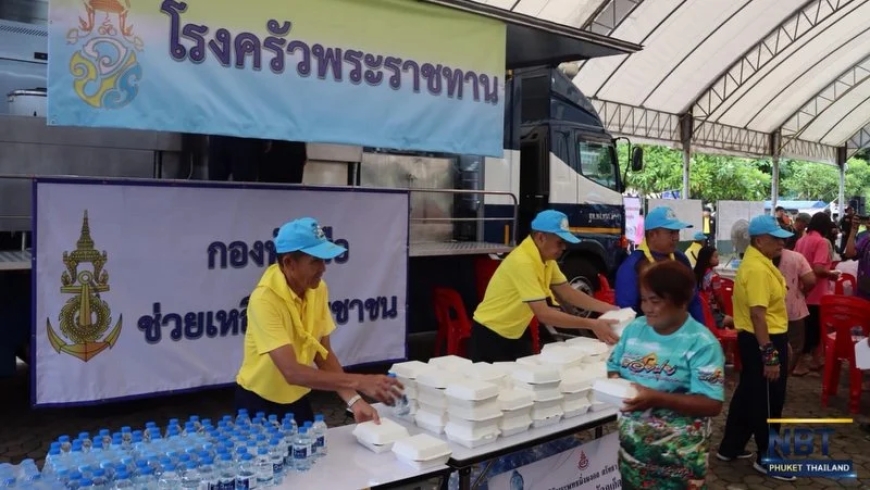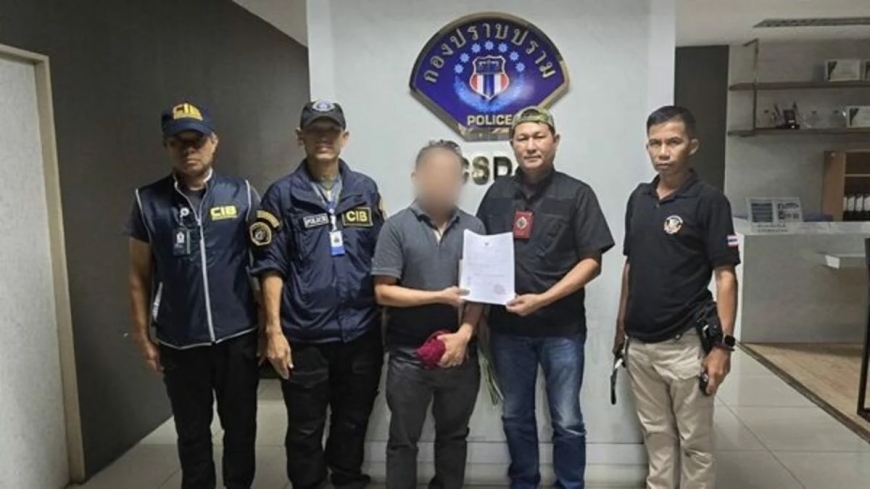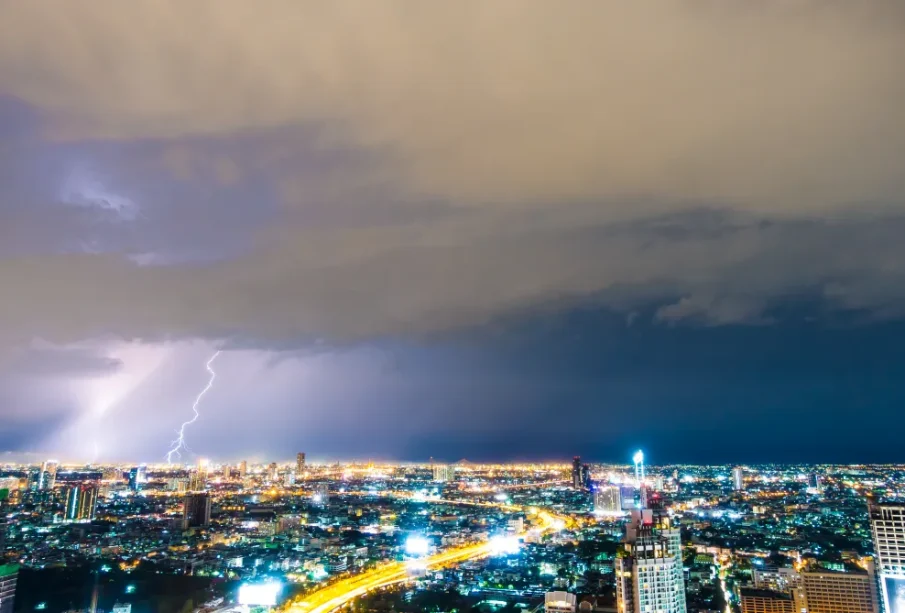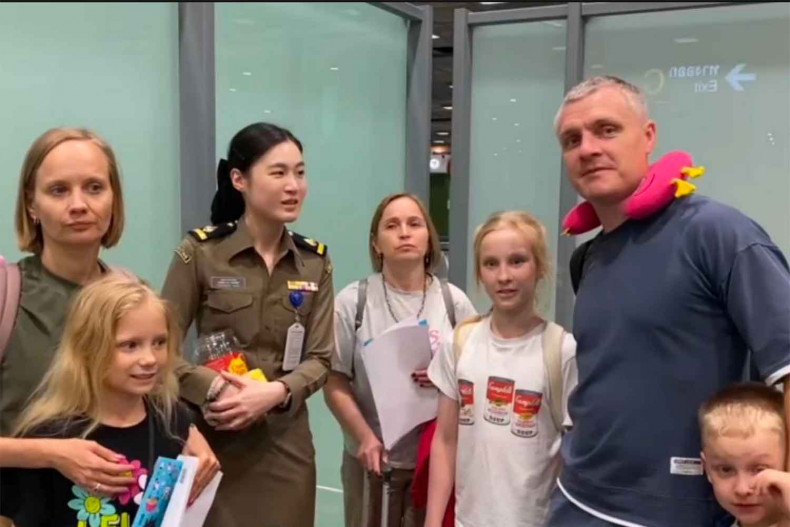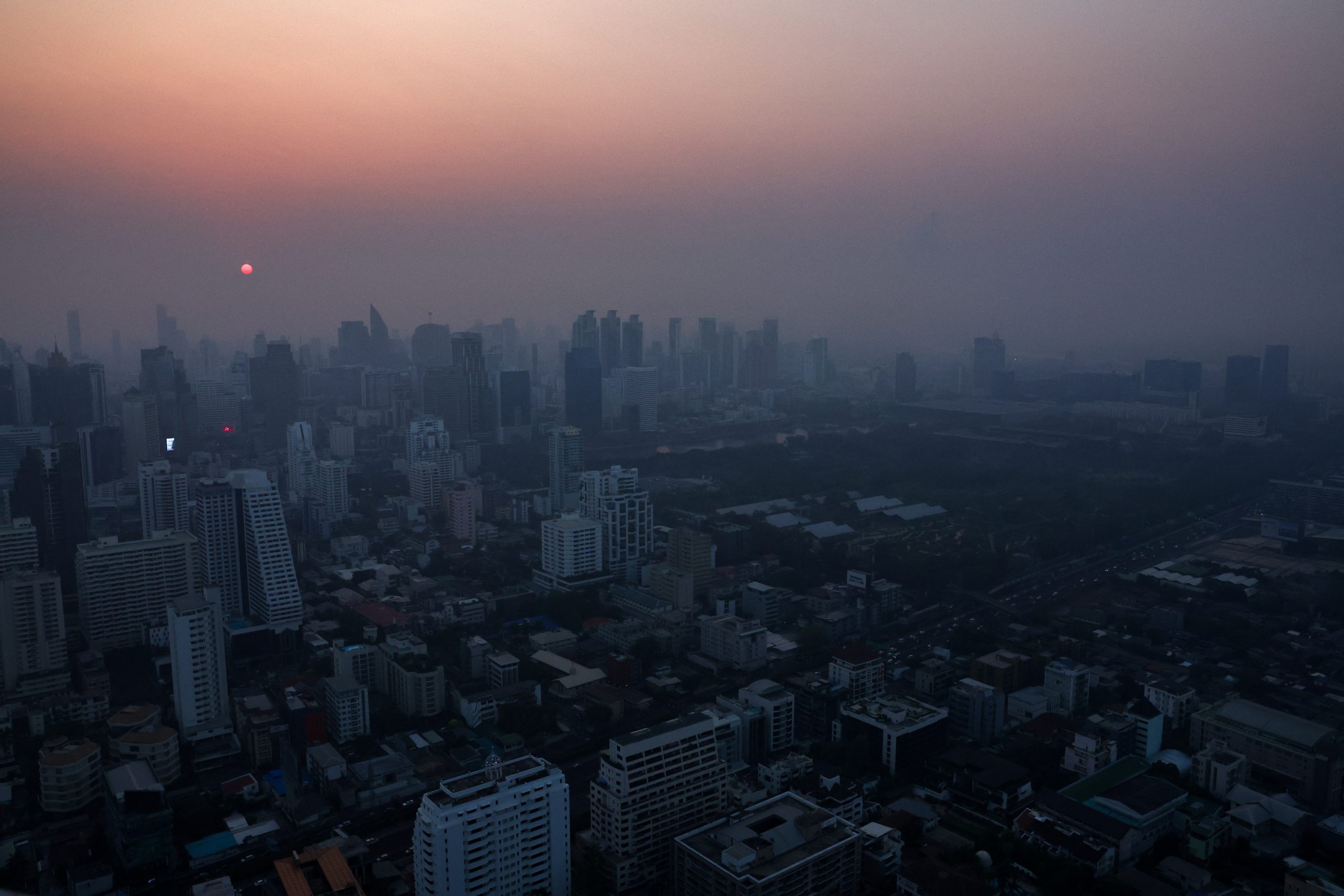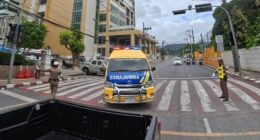The recent devastating floods and landslide in Karon have brought to light the strength and unity of the local community as residents step up to help those affected by the disaster. The heavy rains that began on Thursday evening, August 22, and continued into Friday morning, led to flash floods and a severe landslide in Soi Patak 2, Karon.
Tragically, the disaster claimed the lives of 13 people, with Phuket Governor Sophon Suwannarat confirming the end of the search and rescue efforts. In addition to the loss of life, 19 people were injured, and 209 households suffered heavy damage. The severity of the situation led Phuket authorities to declare nine villages across the subdistricts of Chalong, Rawai, and Karon as disaster zones due to the flooding and mudslides.
Community Response: A Beacon of Hope
Amid the tragedy, the local community has shown remarkable generosity and support. Residents have been praised by officials for their swift and selfless actions to aid those impacted by the disaster. Many people flocked to the disaster relief zone in Karon, donating essential items such as drinking water, clothes, and mattresses to those in need.
In addition to these donations, a 24-hour medical center has been established to provide immediate care for the injured and affected. Furthermore, a mobile kitchen managed by the Phang Nga Naval Base from the Third Naval Area has been set up, providing 300 lunch boxes of hot food daily to support those displaced by the disaster.
Ongoing Support and Recovery Efforts
As the community rallies together, officials have emphasized the need for a thorough inspection of damaged properties before any compensation claims can be processed. This inspection will ensure that all claims align with government regulations and are handled appropriately.
Yesterday, Deputy Interior Minister Chatda Thaiset visited Karon to assess the situation firsthand. He offered support and encouragement to both the victims of the disaster and those involved in the ongoing clean-up operation, highlighting the government’s commitment to aiding the recovery process.
Conclusion
The floods and landslide in Karon have been a devastating blow to the local community, but the strength of community spirit has been a beacon of hope during these challenging times. The collective efforts of local residents, government officials, and the military have provided crucial support to those affected, demonstrating the power of unity and compassion in the face of adversity. As recovery efforts continue, the resilience and solidarity of the Karon community will undoubtedly play a vital role in rebuilding and moving forward.
